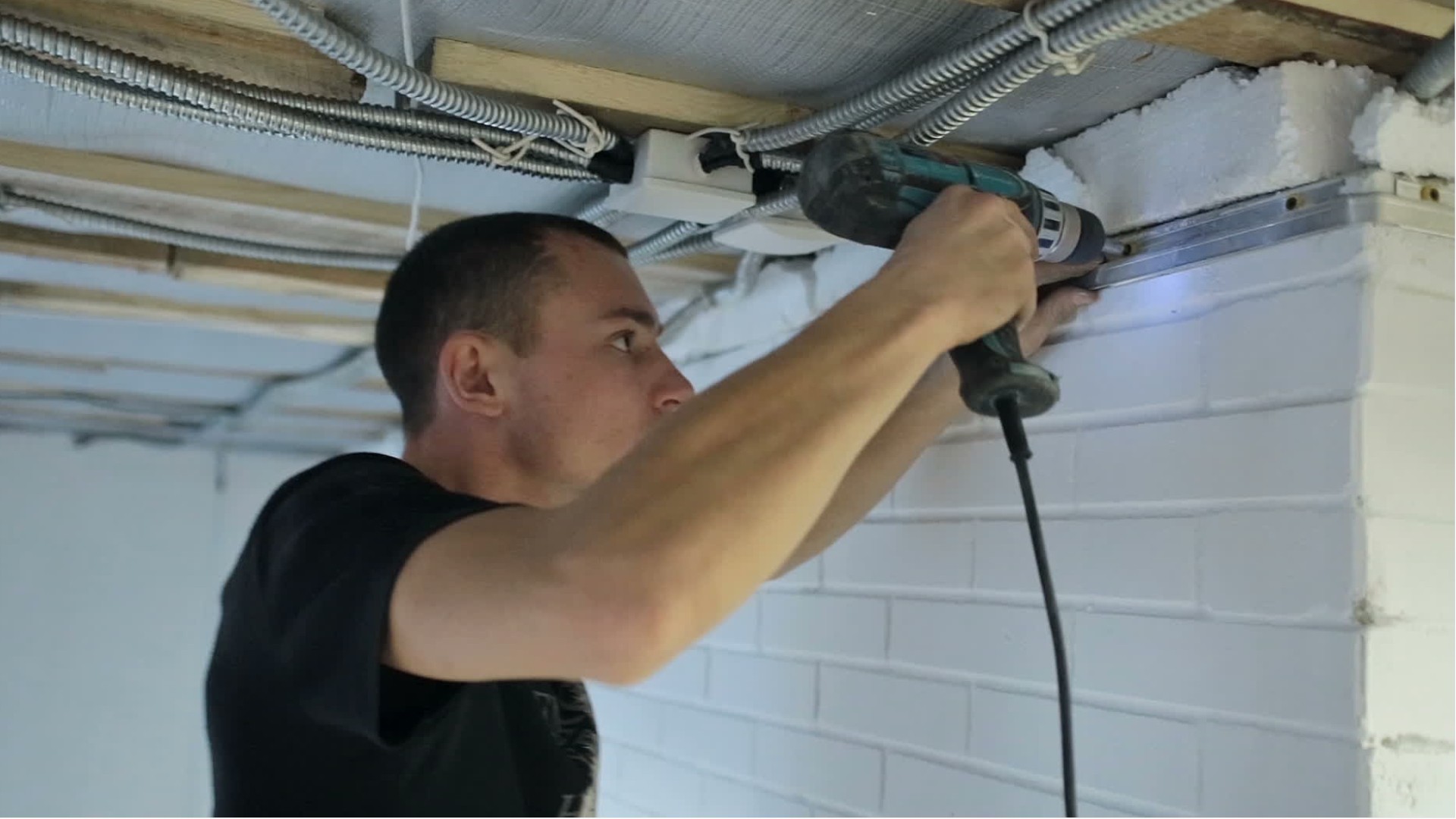Helpers--Installation, Maintenance, & Repair Workers
Maintenance Aide, Maintenance Helper, Mechanic Helper, Technician's Helper
 Select a military branch to see samples.
Select a military branch to see samples.
Aerospace Ground Equipment; Aerospace Propulsion Journeyman, F100, F101, F110, F118, F119, F135 Jet Engines; Airlift/Special Mission Aircraft Maintenance Apprentice, C-130/C-27J; Electrical Systems Craftsman; Heavy Aircraft Integrated Avionics Helper; Missile And Space Systems Electronic Maintenance Craftsman; Mission Generation Vehicular Equipment Maintenance, Helper, Material Handling Equipment (MHE)/463L Maintenance; Radar, Airfield and Weather Systems (RAWS) Apprentice; Refuel/Bomber Aircraft Maintenance Journeyman, B-1; Tactical Aircraft Maintenance (5th Generation) Journeyman, F-35
Aircraft Pneudraulics Repairer; Aircraft Powertrain Repairer; BRADLEY Fighting Vehicle System Maintainer; Field Artillery (FA) Weapons Locating Radar (WLR) Specialist; Quartermaster and Chemical Equipment Repairer; Satellite Communications Systems Operator-Maintainer; Small Arms/Towed Artillery Repairer; Tactical Power Generation Specialist; Tracked Vehicle Repairer; Utilities Equipment Repairer
Aviation Maintenance Technician; Aviation Survival Technician; Avionics Electrical Technician; Boatswain's Mate; Electrician's Mate; Electronics Technician; Gunner's Mate; Marine Safety Specialist Deck; Marine Safety Specialist Engineer; Material Maintenance Specialty
Air Traffic Control Communications Technician; Aircraft Avionics Technician, AV-8B; Aircraft Electrical Systems Technician, KC-130; Aircraft Ordnance Technician; Aviation Communication Systems Technician; Aviation Ordnance Systems Technician; Electro-Optical Ordnance Repairer; Mobile Facility Technician; Satellite Transmissions System Operator; Support Equipment Electrician/Refrigeration and Engine/Gas Turbine Technician
Advanced Construction Mechanic; Aircraft Intermediate Maintenance Officer, Support Equipment; Aviation Support Equipment Technician; Construction Mechanic; Engineman; Fire Controlman; Gas Turbine System Technician (Electrical); Gunner's Mate; Machinist's Mate; Machinists Mate, Non-Nuclear, Submarine Auxiliary
No similar titles were found.
What they do:
Help installation, maintenance, and repair workers in maintenance, parts replacement, and repair of vehicles, industrial machinery, and electrical and electronic equipment. Perform duties such as furnishing tools, materials, and supplies to other workers; cleaning work area, machines, and tools; and holding materials or tools for other workers.
On the job, you would:
- Install or replace machinery, equipment, and new or replacement parts and instruments, using hand or power tools.
- Examine and test machinery, equipment, components, and parts for defects to ensure proper functioning.
- Tend and observe equipment and machinery to verify efficient and safe operation.
Knowledge
Engineering and Technology
- mechanical
- building and construction
Business
- customer service
Arts and Humanities
- English language
Safety and Government
- public safety and security
Skills
Basic Skills
- keeping track of how well people and/or groups are doing in order to make improvements
- listening to others, not interrupting, and asking good questions
Problem Solving
- noticing a problem and figuring out the best way to solve it
Abilities
Hand and Finger Use
- hold or move items with your hands
- keep your arm or hand steady
Endurance
- exercise for a long time without getting out of breath
Personality
People interested in this work like activities that include practical, hands-on problems and solutions.
They do well at jobs that need:
- Dependability
- Cooperation
- Attention to Detail
- Cautiousness
- Integrity
- Perseverance
Technology
You might use software like this on the job:
Word processing software
- Atlas Construction Business Forms
- Microsoft Word
Presentation software
- Microsoft PowerPoint
Computer aided design CAD software
- HVAC tools software
Education
Education: (rated 2 of 5)
high school diploma/GED or
associate's degree
usually needed
associate's degree
usually needed
Job Outlook
Below Average
New job opportunities are less likely in the future.
Explore More
- Helpers--Carpenters
- Helpers--Electricians
- Helpers--Extraction Workers
- Helpers--Pipelayers, Plumbers, Pipefitters, & Steamfitters
- Helpers--Production Workers
You might like a career in one of these industries:
See more details at O*NET OnLine about Helpers--Installation, Maintenance, & Repair Workers.





